Growing Blog
Getting a Second Flush from Shiitake Blocks
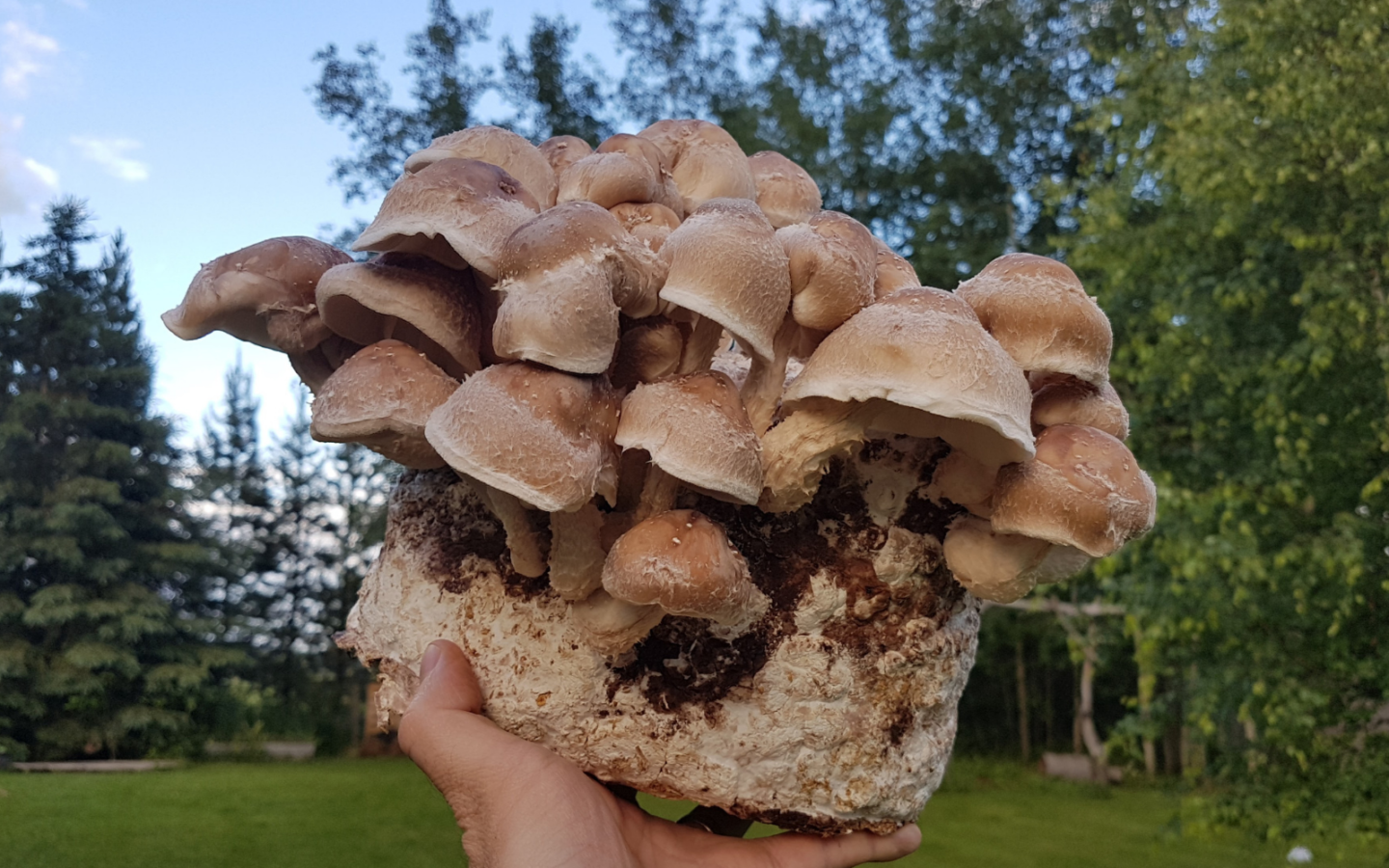
One of my favorite things about growing mushrooms is how they just keep giving and giving! Once you get a successful first flush, you are likely to get second, third and sometimes even fourth flush off the same straw log or fruiting block.
Getting multiple flushes is the best way to get the highest overall yields and biological efficiency from your mushrooms. Luckily, for Oysters, Lions mane and most other gourmet mushrooms, all you need to do is simply leave the block or straw log in fruiting conditions, and a new flush will naturally arise in a week or so.
Unfortunately, that is not the case with Shiitake, which requires a special technique for both the first and subsequent flushes.
Strike and Cold Shock
Shiitake is not necessarily the easiest mushroom to grow, as the process is a little bit different than for other gourmet species.
First of all, it takes the blocks a lot longer to fully colonize and get to a point where they are able to fruit. I like to let Shiitake colonize for more than 7 weeks from first inoculation.
Once they are colonized and consolidated, they still need to be given a good smack (literally hitting the block with your hand on all four sides) and “cold shocked”, which is usually done by placing them in the fridge overnight. This process signals the onset of winter, and gets the shiitake into reproduction mode.
Resting Period
After harvesting the first flush, you can’t just leave the blocks in the fruiting chamber. If you do this, chances are that they will fail to fruit again. This is because Shiitake blocks need a “resting period”, where the blocks are removed from fruiting conditions and left to completely dry out.
To me, this was completely counter-intuitive when I first learned of the technique.
You would think that once the blocks become cracker-dry, they would be no longer viable. Instead, this period of inactivity allows the block to recharge and get ready for the second flush- which can sometimes be even larger than the first!
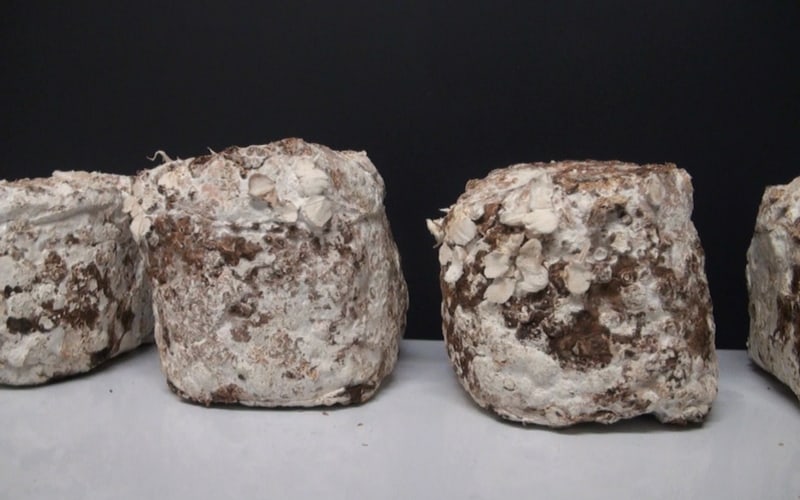
The key is to let the blocks completely dry out- for at least a couple of weeks– which can be done by simply placing the blocks on a shelf or drying rack at room temperature, or cooler.
Make sure there are no areas where pockets of moisture can remain. This could cause the surface of the block to contaminate in that area. If placing the blocks on a flat shelf, make sure that you rotate the blocks every couple of days so that they can dry out evenly.
Once dry, the blocks should be left for at least 2-3 weeks. You can even let them sit for a number of months, although I have never tested the time limits on viability of the block.
Rehydrating
Once the blocks have completely dried out, and rested for at least a couple of weeks, you’ll need to re-hydrate them.
This is usually done by placing the blocks in a large tote or 5 gallon bucket full of water and leaving them to soak for at least 24 hours. You should not let them soak for more than two days, otherwise the blocks will start to break apart and disintegrate.
The Shiitake blocks will float naturally, which is a bit of a nuisance. You’ll need to place something heavy on top of the blocks in order to keep them submerged. I like to place the blocks under a rack in a large tote. I then place cinder blocks on top of the rack to keep the blocks under water.
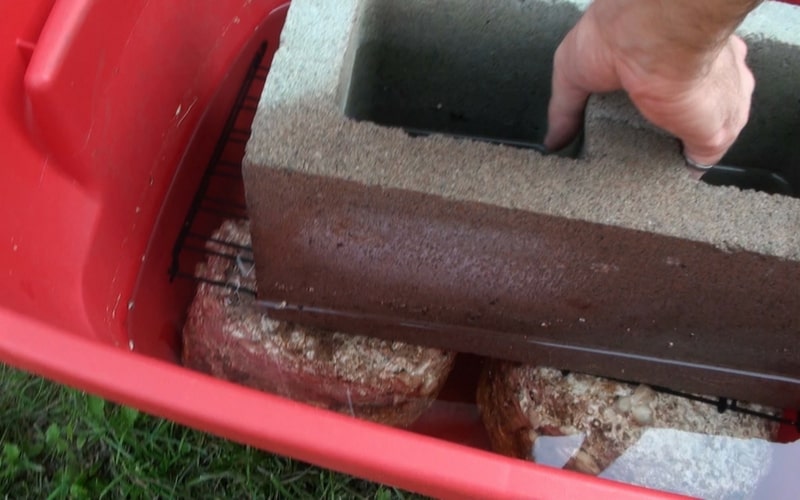
Subsequent Flushes
Once the blocks have been re-hydrated, give a good smack with your hands on all sides of the block and place them right back in the fruiting chamber!
You could perform another cold-shock, but I think this is unnecessary, and can actually be counterproductive. This is because placing them back in the fridge uncovered might cause the blocks to dry out too much. The act of soaking the blocks in cold water by itself is enough of a shock to initiate a second fruiting.
Once the blocks are back in the fruiting chamber, all you need to do is make sure the humidity is adequate and there is enough fresh air coming in. Shiitake do not need as much fresh air as oyster mushrooms, but maintaining high humidity is critical, especially because the blocks are completely exposed and no longer protected by a grow bag.
This process can be repeated 2-3 times before the blocks either become contaminated or unable to fruit. Usually you will start to notice small patches of green mold that forms on the sides of the block while in the fruiting chamber- at which time it is best to throw the block into the compost. You could also just place it outside in some tall grass and hope for the best!
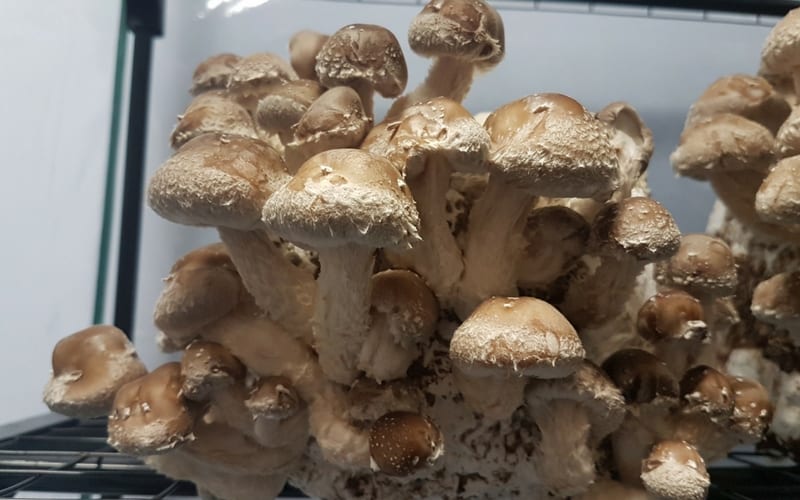
Multiple Flush Method For Shiitake
STEP 1: PLACE ON A SHELF
After harvesting the blocks, place them on a shelf at room temperature. Make sure that the block has room to breathe on all six sides, and that they aren’t stacked too close together.
STEP 2: DRY EVENLY
Monitor the blocks to make sure they’re drying out evenly. Leaving small patches of moisture can cause the blocks to contaminate. If on a flat shelf, make sure you rotate the blocks every once and a while over the first week for even drying. The blocks should be left for at least 2-3 weeks, at which point they will be completely dry. You can definitely leave them longer, even up to a few months, but there is no benefit to longer rests.
STEP 3: RE-HYDRATE
Re-hydrate the blocks by soaking them in water for 24-48 hours. I like to place them in a large tote with a heavy weight on top to keep them submerged. Do not leave them for more than 48 hours, as eventually they will break apart and be no longer viable.
STEP 4: FRUIT!
Give the blocks a smack and place them back in the fruiting chamber at normal fruiting conditions. No need for a second cold shock, as this is usually counterproductive. You can repeat this process 2-3 times before the blocks will likely contaminate or no longer be viable.
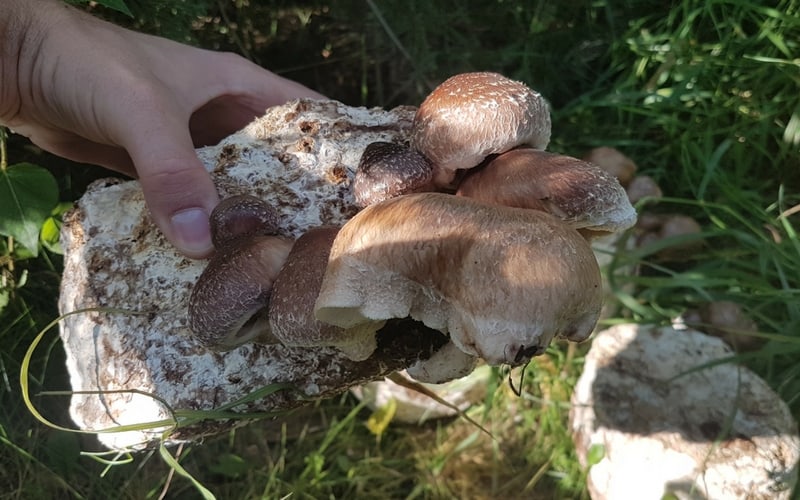
Growing a Second Flush Outside
I love growing mushrooms outside! In fact, I’ll almost always have a batch of oysters growing somewhere in the yard during the spring, summer and fall.
This summer, I wanted to have a little Shiitake patch in the garden, and decided to use second flush blocks.
The technique was pretty straight forward. After harvesting the first flush, and providing a proper resting period and soak, I simply placed the blocks in some tall grass at the back of the yard.
Without a doubt, when growing mushrooms outside, you can’t expect the same results as growing inside. In general, the fruits will be larger and darker, but the overall yield is likely to be much smaller. The payoff is that it requires very little effort, care, or attention.
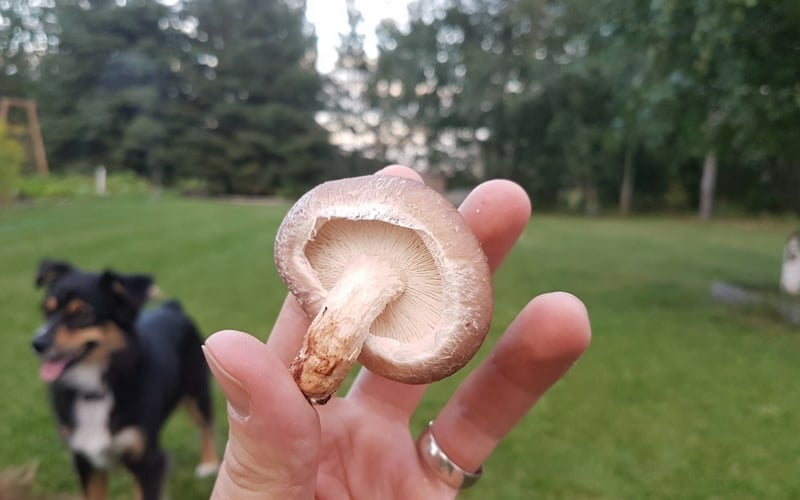
For these particular blocks, after I put them in the grass, I barely even looked at them until the fruits were ready. There was no watering, covering or monitoring.
After only a week or so, I noticed a number of pins showing up on the blocks. In no time, I had some full sized mushrooms!
The blocks definitely flush evenly, and only seemed to fruit on the sides of the block – where the humidity was highest and most consistent. If grown indoors, you would be able to maintain this level of humidity over the entire block, which would likely have produced better results. Still, it’s so fun and easy to grow outside!
Getting More out of Your Shiitake
The grow cycle of the shiitake mushroom is a little bit longer and a little bit more complicated than other mushrooms. Fruiting them properly over multiple flushes requires a resting period, and extensive re-hydration.
Although it takes a little longer, following some simple steps can ensure that you’re getting the most out of your Shiitake!

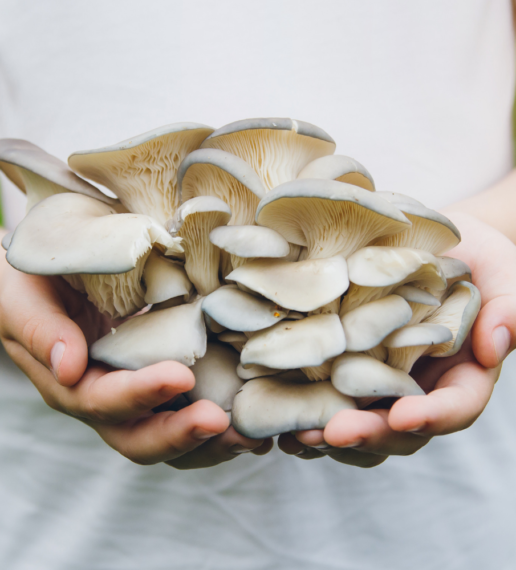
This was a very interesting and informative article. I want to start a small scale operation now that I am retired. I want to use a container for my building. I find that the shiitake to be the mushroom of choice for now.
Hi Tony. I have a specific question for you and am hoping you can help me out.
Is it ok to remove half the pins on a shiitake block, and in doing so, making the other pins grow to a larger mushroom? Or will they abort?
I am getting lots of very little fruits,but would like less but bigger mushrooms.
Thanks for your time on this.
Hey Mary, thanks for reaching out!
I think this should be OK, but not sure if it will help all that much. Definitely worth a try though, growing is all about experimentation!
Hi Tony,
I rehydrated my block and it has an offensive odor. Thoughts?
Hey Janet! Might be contaminated, I would try and fruit it outside and see what happens! Can’t hurt to give it a shot 🙂
Hey Tony,
Thanks! This helped me get more flushes from blocks i had given up on.
Question, I have one block that looks and feels healthy but i did not get a first flush from it. I used same method for initiating fruiting that i have had success with on other blocks from same batch. Should i proceed as if it had fruited and go for a second flush or take another route?
Awesome! Yes, I would soak that block overnight to re-hydrate, then try and get a second (first) flush. Interesting that it didn’t fruit? Always something to learn from!
Hi Tony,
I really enjoy your YouTube videos, they are very informative.
I was watching your How to make agar plates and was very interested in it. How would I go about making my first agar Petri dish culture with out purchasing one?
Hey Tim! Thanks, glad you like the videos! You will need to get the sterilized plates, agar mixture and a pressure cooker to make it, just like in the video. You can buy them pre-made aswell, which can be nice. For the culture, there are a number of good sources online to get the actual culture, usually comes on a dish or in an liquid culture syringe.
just harvested my first flush of shiitake. The seller suggest to rest for 2-3 weeks with watering the block every 2-3 days. What could be the reason not drying them out completely before rehydrating them for a second flush?
I can imagine it depends on the substrate, if so what is in your substrate that makes it suitable to dry out. It is convenient to just dry out the block(lazy).
Hi Tony. I follow the instructions, yet I never manage to get a second flush out of my shiitake blocks. After a nice first flush I let them dry for ~4 weeks at home on a shelf, rehydrate as you say, but within a few days back in the fruiting chamber there’s always mold aggressively growing over them so I have to throw them out. Some of those blocks were quite large and I’d think they still had a lot of life left in them. Can you suggest anything that could help avoid the contamination taking over? Thanks!